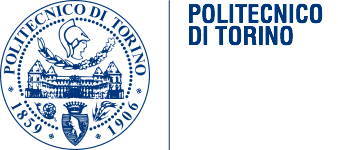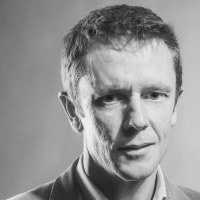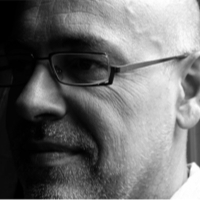About the joint Research, Development and Consulting Group
The joint Windblown Sand Modeling and Mitigation Research Group at Politecnico di Torino and Optiflow puts together in a multidisciplinary team specialists from academy and industry. Competences range from civil engineering to physical mathematics to computational modeling and simulation. Our team provides a deep understanding of the underlying physical phenomena, their computational simulation and the quantitative evaluation of the efficiency of sand mitigation measures for railway applications.
Participating Institutions

Politecnico di Torino is a "Research University" acknowledged as a centre of excellence in all over the world for the qualifying research areas of Architecture and Engineering. The development of the fields of excellence, the investment on frontier subjects, and also the support to the curiosity driven research allow a virtuous mix of basis and applied research. The University aims at networking with the socio-economical context and at opening new partnerships with companies and multinationals.

Optiflow is a Computational Fluid Dynamics (CFD) French consulting company, with more than 15 years of experience in the field of Computational Wind Engineering. Optiflow consulting activities helped architects and engineers improve wind and ventilation performances on more than 100 major architectural projects worldwide. Optiflow has a strong record in Research and Development activities and cultivates technology transfer relationships with a number of public and private research institutions.







